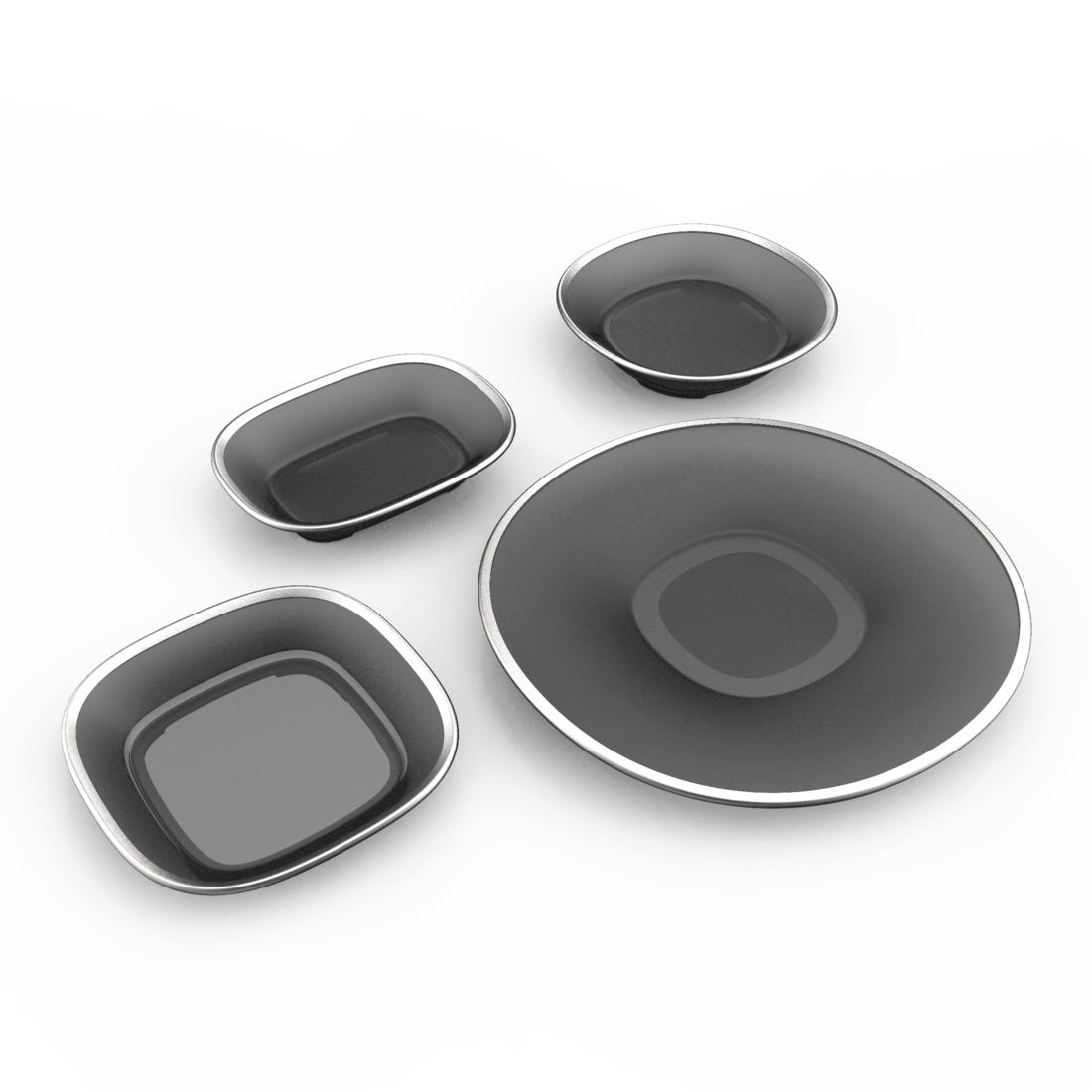What in the world is a “Squircle” you might ask? Well, its a cross between a square and a circle. Designers the world over admire the squircle because it gives us a lot of form exploration range. If I want a product to be perceived as stately or strong I might adjust the squircle more toward the square end of the spectrum. But, if I’m going for playful and approachable, I’d likely opt toward the circle end of the spectrum. Now keep in mind there are other factors that go into the equation of how a product is perceived such as CMF. If you want to see squircle in action hop over to 3Dconnexion and check out their SpaceMouse® Wireless.
I suppose the next question one might ask is, how do I replicate a squircle in CAD? What tool would I use? The answer, the conic tool! Every CAD package has its own version of the conic tool. The primary difference being how the geometry is constrained within the 2D sketch environment.
Discovering The Conic
Recently I was singing the praises of the conic to my Virginia Tech sophomore CAD class. I told them that perhaps more than any other sketch entity the


Fusion Conic Behavior
Prior experience told me I would need to construct four individual conic entities to make a complete squircle section. So I set out to create the desired section. I found the conic tool to behave differently than expected in the following ways:
- Placing dimensions on the end of the conic to control tangency was not possible (at least that I could find).
- Tangency and symmetry can be accomplished by constructing a construction cage using a center point rectangle.
- The Rho value is embedded in the conic. To edit it requires double-clicking on the conic entity.
- The Rho value is not accessible through the parameter panel. Therefore, I could not create a parameter to change all four conics at the same time.


I’m attaching a Skillcoach “Learn with Me” video so you can review
Until next time……….Keep on learning!






